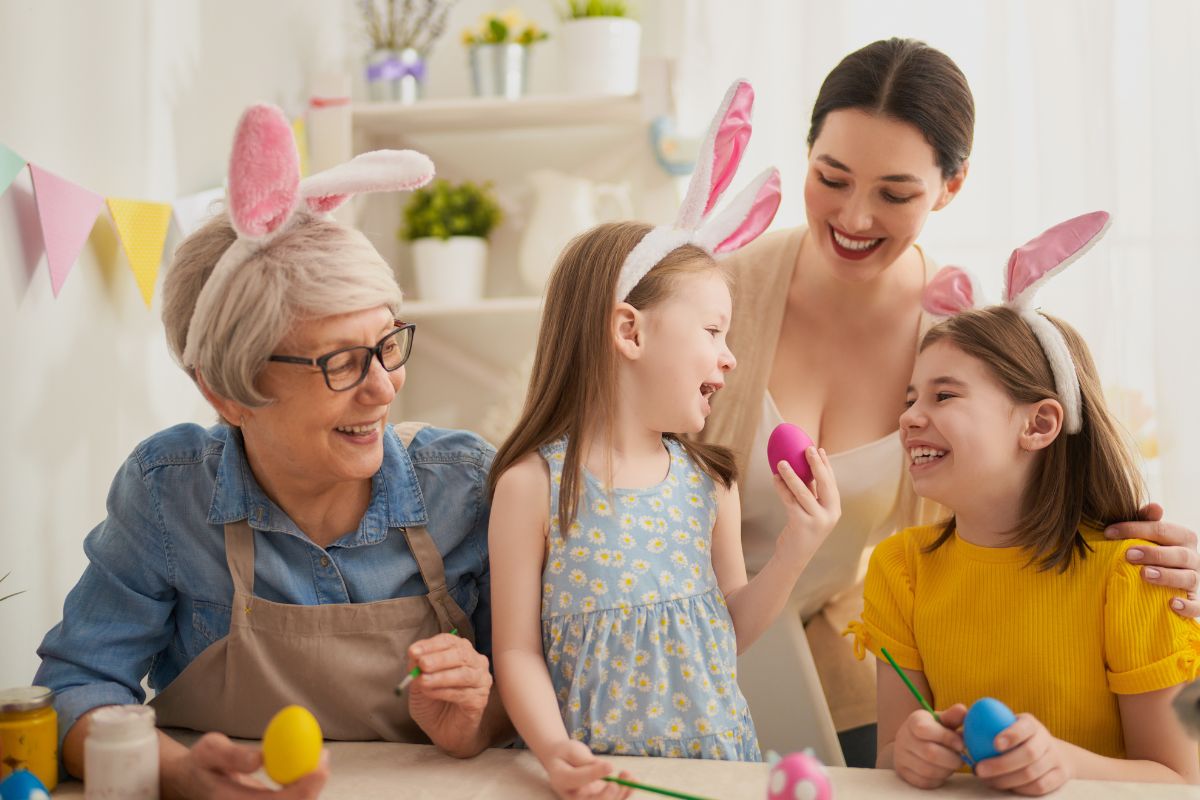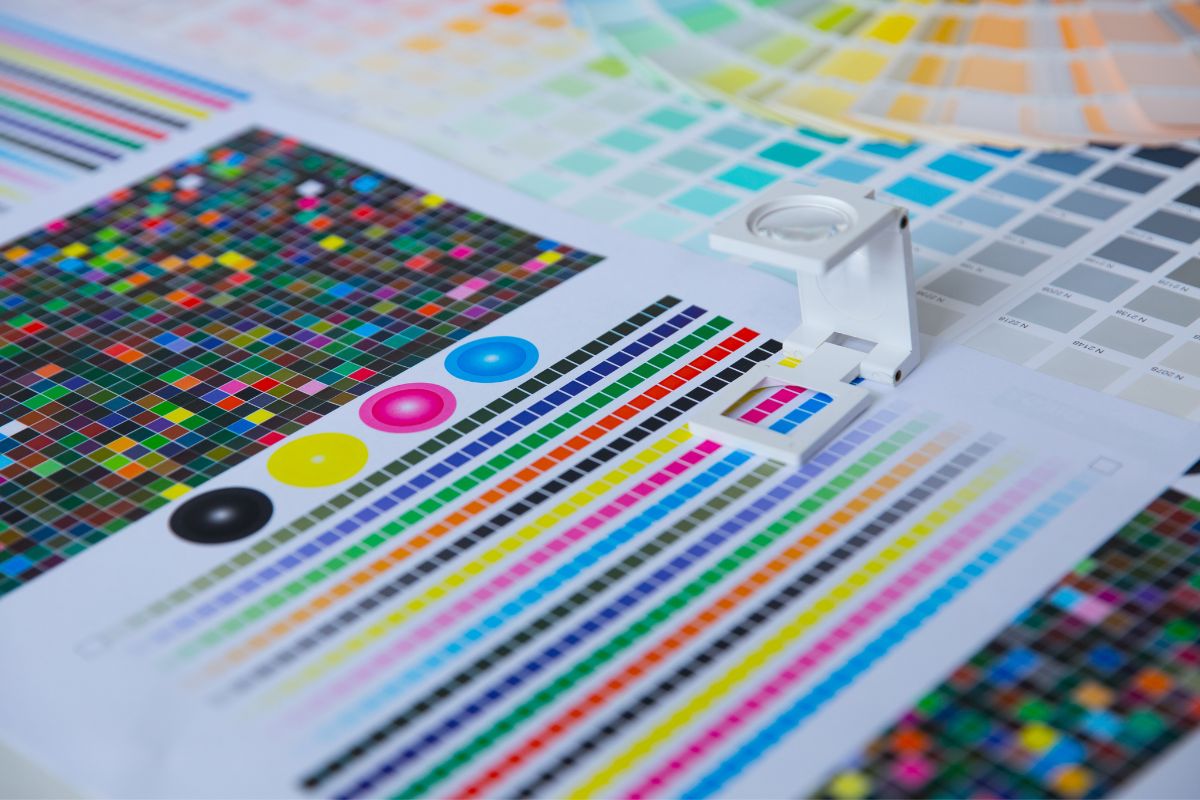Easter is a time of celebration and renewal, closely associated with an array of colors that have deep symbolic meanings. Understanding Easter colors can enhance your appreciation of the holiday and its traditions. Bright hues play a significant role in Easter customs and observances. You may notice the prevalence of pastel tones – these echo the soft colors of spring and symbolize new life and rebirth that Easter is known to represent. For example, green signifies new growth and hope, much like the fresh, green blades of grass that herald the spring’s arrival.
Traditionally, white is also prominent during Easter, often found in decorations and attire. It carries connotations of purity and light, reflecting the celebration’s spiritual aspect. White lilies, a common Easter flower, embody these attributes and are a key element in many religious services during this period. The color yellow, with its luminous quality, symbolizes joy, happiness, and the promise of a new beginning. In various churches, these colors adorn the altar and vestments, each chosen for their particular significance to the season.
Another common sight are Easter eggs, which are typically dyed in vibrant colors signifying different aspects of the holiday and the spring season. Purple, for instance, signifies royalty and penitence, having deep liturgical roots. As you partake in Easter celebrations, from the colorful carpets created the night before a procession, or simply enjoying the diverse colored eggs that have become symbolic of the holiday, each color you encounter has a purpose, enriching the Easter experience with visible reminders of the season’s deeper meanings and history.
Significance of Easter Colors
The colors associated with Easter carry profound meanings, reflecting a rich tapestry of historical, theological, and cultural significance. As you read on, you’ll uncover the layers of symbolism from ancient traditions to present-day celebrations.
Historical Background
The history of Easter colors finds its roots in various traditions where each hue holds a distinct place in the tapestry of the season. Historically, Easter eggs in Ukrainian culture are a notable example, where the art of painting eggs incorporates patterns and colors full of meaning.
Theological Symbolism
On a theological level, Easter colors reflect key elements of Christian belief:
- White, symbolizing purity and glory, is often used to represent the resurrection and the triumph of life over death.
- Red signifies the blood and sacrifice of Christ, serving as a stark reminder of the passion and death leading up to Easter Sunday.
- Purple, associated with mourning and sacrifice, also symbolizes the royal nature of Christ and his rebirth.
Cultural Impact
Easter’s colors ripple out into broader cultural practices, integrating symbolism into celebration. The Germans brought the tradition of the Easter bunny to America, which includes the colorful presentation of eggs, combining aspects of joy and life. The sharing of these spirited traditions helps in understanding the diverse expressions of Easter across cultures.
Liturgical Colors for Easter
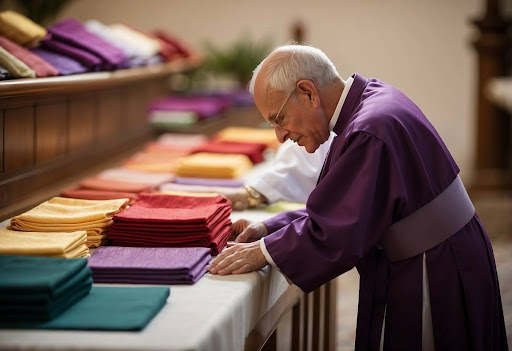
In the Christian church, specific colors are used to mark the solemn observances and joyous celebrations throughout Lent and Easter. These colors, present on altars and in clergy vestments, serve as a visual guide through the season of reflection leading to the commemoration of Jesus’s crucifixion and the celebration of His resurrection.
Lent and Holy Week
During Lent, the 40 days leading up to Easter, you’ll notice the predominant use of purple or violet vestments and altar cloths. This color symbolizes penance, reflection, and royalty—a nod to Jesus’s role as the King of Kings.
As you enter Holy Week, the colors become more somber. On Palm Sunday, you may see red to symbolize Jesus’s triumphant entry into Jerusalem as well as the blood He would shed on the cross. Come Good Friday, the day marking Jesus’s crucifixion, the altar is often stripped bare, signifying the solemnity of the day.
| Holy Week Day | Liturgical Color |
| Palm Sunday | Red |
| Good Friday | No Color/Bare Altar |
Easter Sunday and Season
On Easter Sunday, your church will likely burst with joyous colors, reflecting the resurrection of Jesus Christ. White or gold dominates as these colors represent purity, triumph, and the brightness of day. These colors continue throughout the Easter season to signify the ongoing celebration of Jesus’s victory over death and the hope of the resurrection.
Clergy and altar dressings mirror the transformation from mourning to rejoicing. After a reflective Lent and somber Holy Week, Easter’s colors bring a clear message of new life and redemption—mirroring the springtime blooming outdoors.
| Occasion | Liturgical Color |
| Easter Sunday | White or Gold |
| Easter Season | White or Gold |
By understanding these color transitions, you’ll gain a deeper appreciation for the intricate symbolism that adorns your church during the significant events of the Easter period.
Traditional Easter Colors and Their Meanings
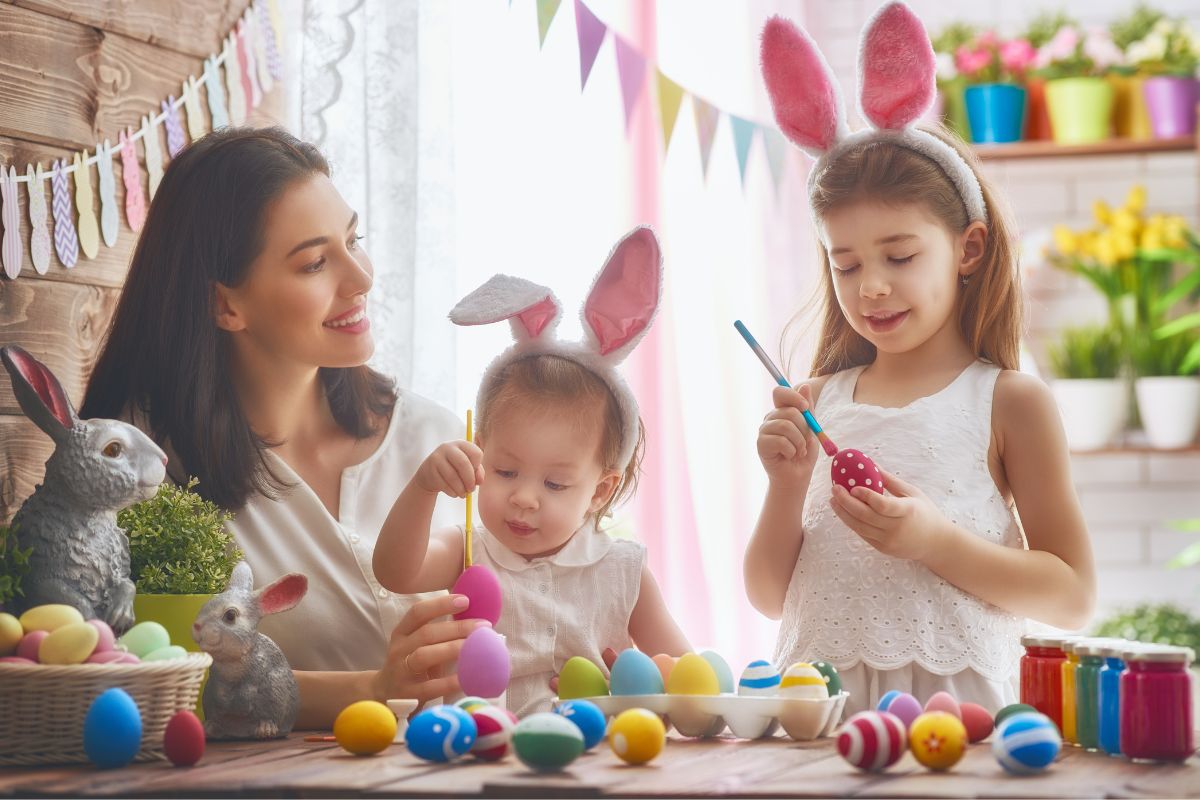
As you celebrate Easter, it’s interesting to note that the colors you see in decorations and attire are steeped in deep symbolism. Each color traditionally associated with Easter has its own meaning, often linked to the emotions and events connected to this significant time of the year.
Purple
Royalty and Sorrow: Purple signifies both royalty and sorrow, representing the pain and suffering of Jesus’s crucifixion as well as the solemnity of Lent.
White
Purity and Innocence: White stands for purity, innocence, and peace. During Easter, it’s reflective of the resurrection, signifying new beginnings and the triumph of life over death.
Gold
Triumph and Hope: Gold symbolizes triumph and hope. It’s a festive color that brings to mind the brightness of the Easter celebration and the promise of eternal life.
Red
Love and Suffering: The bold color of red is deeply tied to the concepts of love and bloodshed, marking the passion and sacrifice of Jesus.
Black
Sorrow and Fasting: Black is a stark color of mourning and repentance, traditionally used during Ash Wednesday and Good Friday to signify sorrow and fasting.
Pink
Joy and Renewal: Pink reflects the joy of the Easter season and the sense of renewal and new beginnings that come with spring.
Green
Hope and Renewal: Green is the color of renewal and hope, reminiscent of the fresh growth of spring and the promise of new life.
Yellow
Renewal and Joy: Yellow echoes the cheerfulness of the sunshine, embodying the spirit of renewal and the joy of Easter’s celebration.
Blue
Peace and Innocence: Blue represents peace and innocence, often associated with the Virgin Mary, and by extension, the purity of the Easter message.
Easter Customs and Practices
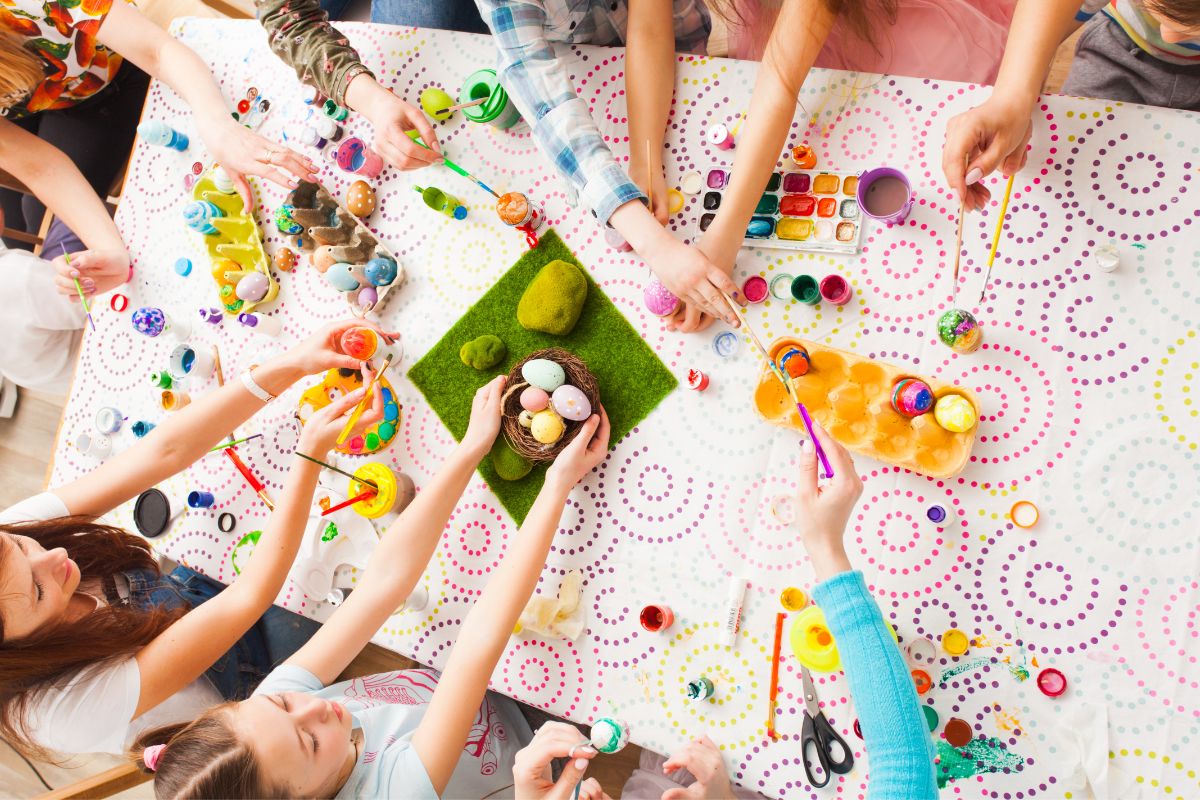
Easter customs and traditions variably integrate aspects of celebration, faith, and the advent of spring. Specific practices such as decorating with symbols of new life, incorporating springtime flowers into decor, and attending church ceremonies rich in history reflect the multifaceted nature of this holiday.
Easter Eggs and Decoration
You are likely familiar with the tradition of dyeing Easter eggs, a practice which has roots in various cultures and symbolizes rebirth and renewal. These eggs may be painted, dyed with vibrant colors, or intricately decorated. In some European countries, red painted eggs are considered to signify love and health, and, in the Easter festivities, these colored eggs can also be used in games such as egg rolling. Methods of decoration vary, ranging from single-hued dyes to elaborate designs featuring the Easter bunny, a magical figure that hides the eggs for children to find.
Floral Arrangements
During Easter, flowers play a symbolic role, with lilies being the floral emblem of the season. You might notice the prevalence of these flowers, specifically Easter lilies, as they adorn various spaces. Their presence not only brightens a room but also holds a deeper meaning; these lilies represent purity and renewal, thematically aligned with the Easter celebration. Other spring blooms that are commonly used in arrangements include daffodils and tulips, each adding a burst of color and symbolism to your Easter decor.
Church Ceremonies
Attending church services is a core practice for many during Easter. You’ll find ceremonies imbued with significance, often beginning with the somber reflection of Good Friday and culminating in the joyous celebration of Easter Sunday. During these services, choral renditions of hymns may be performed, including those inspired by the Song of Solomon, celebrating love and life. The ceremonial use of colors is also evident, with specific hues like white and gold being used to signify purity, joy, and the triumph of life over death.
Easter in Different Cultures
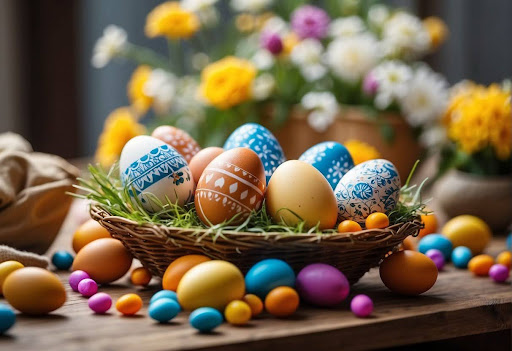
Easter’s vibrant traditions reflect the rich tapestry of practices observed by different cultures around the world. You’ll find that some of these practices have a religious foundation, whereas others may be rooted in local customs.
Eastern Orthodox Traditions
In the Eastern Orthodox Church, Easter is a deeply spiritual event that culminates in the Mystery of the Sacred Altar. The colors of Easter are symbolic, with red representing the blood of Christ and white denoting purity and resurrection. On Pentecost, exactly fifty days after Easter, you’ll see green throughout churches to represent new life, reflecting themes from the Old Testament.
Western Christianity Practices
Western Christianity, including the Catholic Church, has its own customs for Easter. Pope Innocent III directed the use of specific liturgical colors; for instance, white and gold symbolize joy and triumph on Easter Sunday. These colors not only have a sacred intent but also provide visual cues for the spiritual significance of the resurrection.
Non-Christian Observations
Non-Christian communities might adopt the festive aspects of the Easter season without the religious connotations. For example, eggs are dyed in various colors to celebrate spring and renewal. This tradition, while secularized in some regions, still echoes the themes of rebirth that are universal to many cultures’ springtime festivities.
Colors Beyond the Church
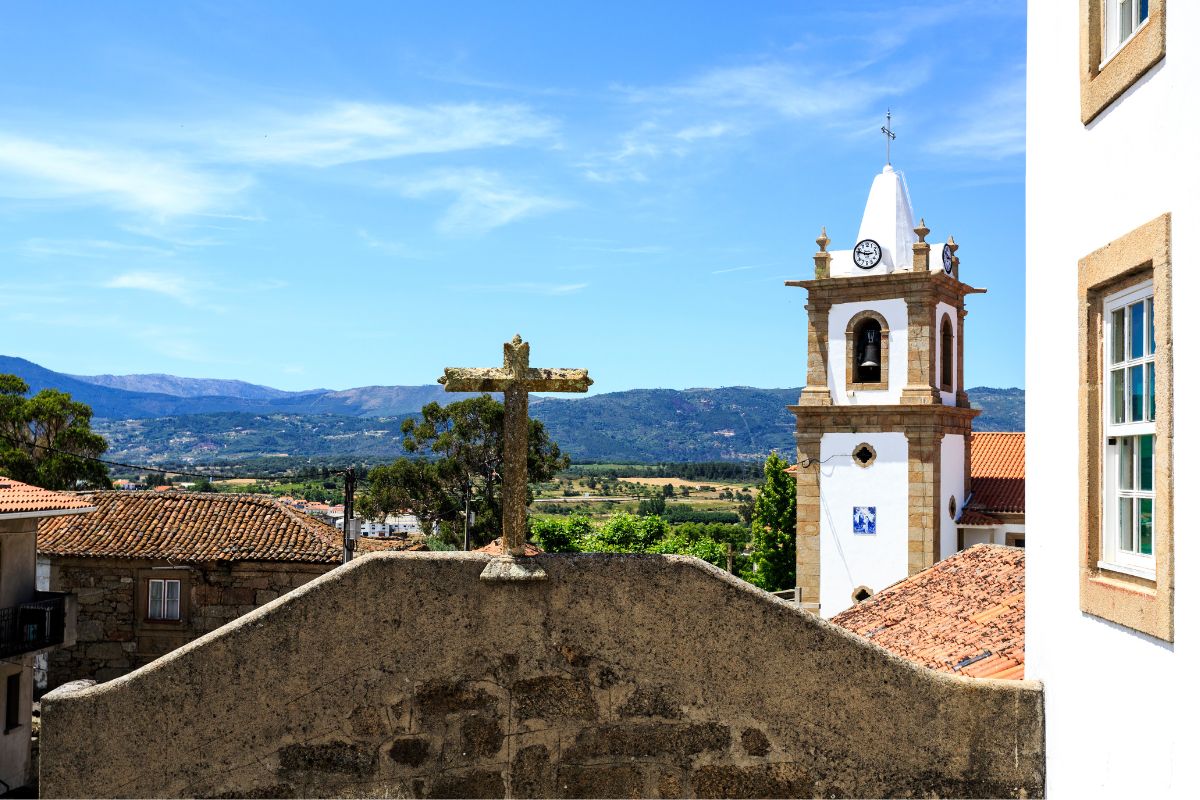
When you think of Easter, vivid hues and pastels often spring to mind. These colors transcend church liturgies, permeating your fashion, home decorations, and even the foods associated with the season.
Fashion and Trend
Your wardrobe during Easter often reflects the renewal and vitality of springtime. You’ll find clothing and accessories in easter colors like soft pinks, baby blues, and mint greens. High-fashion runways may integrate richer pastels into their collections, signaling a blend of seasonal trends with contemporary style.
Household Decorations
Easter’s influence on your home is evident through basket decorations and table settings. You can adopt a subtler approach with pastel-colored throw pillows or boldly feature floral patterns that denote the blossoming outdoors. Accent pieces often mirror the freshness of springtime, and decorating your space provides a chance to reflect this joyful season.
Seasonal Foods
Even your Easter feast can display a palette of spring colors. A table laid out with seasonal foods takes on the hues of garden produce such as carrots and leafy greens, while desserts could be adorned with pastel icings and sprinkles. Easter egg dyes also brighten up the visuals, crafting a festive and appetizing spread.
Easter and Its Broader Context
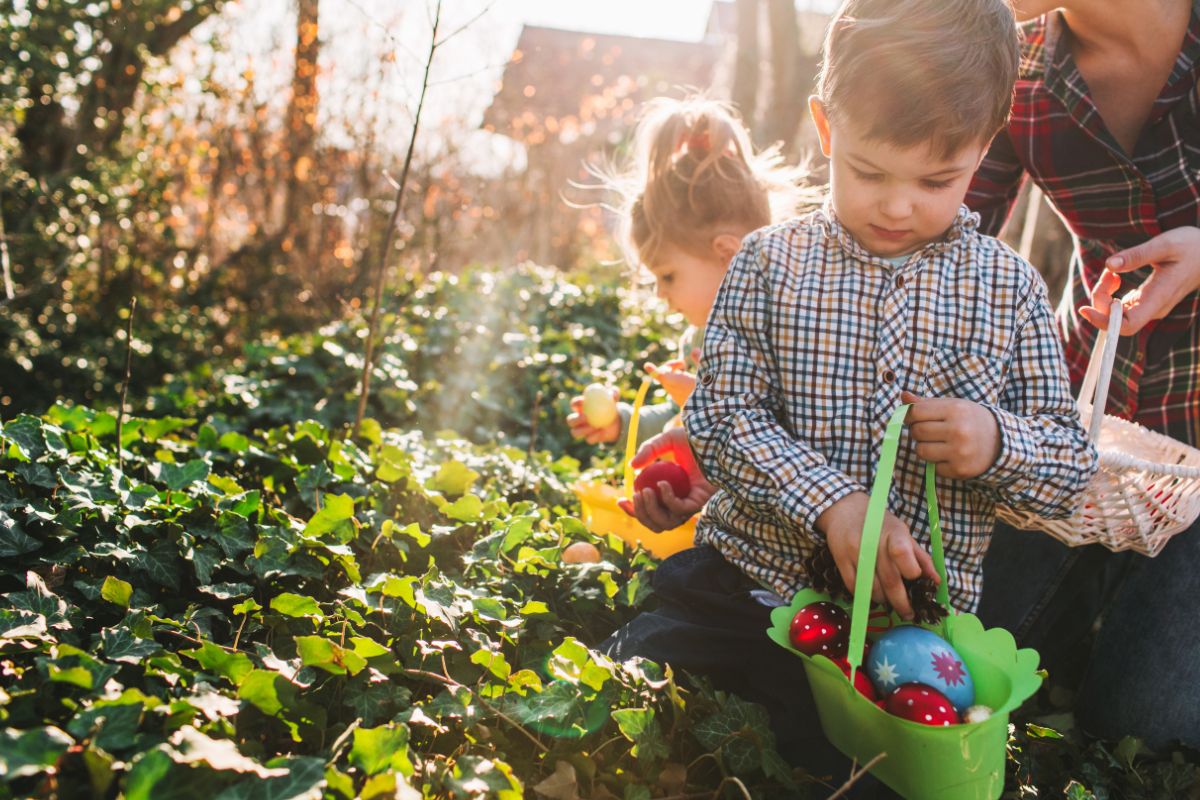
Easter is not an isolated holiday; it’s woven into a rich tapestry of seasons and traditions. Throughout this exploration, you’ll see how Easter correlates with other significant periods and practices, revealing a unique interplay of history, culture, and belief.
Easter and Other Seasons
Easter is the culmination of Lent, a 40-day period of fasting, penance, and preparation for Christians. It starts with Ash Wednesday and ends with Easter Sunday, symbolizing the 40 days that Jesus spent in the wilderness. Lent is a time when you might engage in self-reflection and prepare spiritually for the joyous celebration of new life and resurrection that Easter promises.
- Lenten Practices
- Fasting: Abstaining from certain foods or activities.
- Penance: Undertaking acts of contrition for sins.
- Grace: Reflecting on divine grace granted through the sacrifice of Jesus.
Comparative Religious Traditions
Easter aligns closely with the Jewish Passover, a celebration of deliverance from slavery in Egypt. You’ll find that both holidays share themes of liberation and hope. The Last Supper, which is a central event in Christian liturgy celebrated on Maundy Thursday, is believed to have been a Passover meal.
- Shared Symbols
- Lamb: In Christianity, Jesus is the “Lamb of God,” akin to the sacrificial lamb of Passover.
- Bread and Wine: Elements used in the Last Supper and reflective of Passover themes.
As you gather with family or partake in communal services, remember the spiritual and historical connections that Easter has to other seasons and traditions. It’s a period that marks not just the birth of hope but also honors the profound sacrifices symbolized by the crown of thorns.
Easter’s Influence on Art and Literature
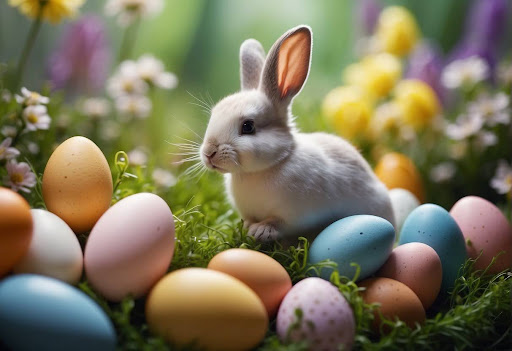
Easter has left a significant mark on both art and literature, where its themes have influenced a range of creative expressions from Music and Hymnody to Literary Works. You’ll discover how the continuum of Easter’s narrative has been translated into melodies and words that convey deep spiritual resonance with the themes of resurrection, new life, and joyful hope.
Music and Hymnody
Easter’s impact on music, especially in Christian hymnody, is profound. Hymns written for the Easter season often incorporate lyrics that reflect on the Passion of Christ and celebrate His Resurrection. For instance, compositions such as “Christ the Lord is Risen Today” encapsulate the triumph and elation associated with Easter’s message of new life and joyful hope. The use of major key signatures and uplifting tempo in such hymns not only enhances the festive mood but also encourages personal reflection on the powerful events commemorated during the Easter season.
Literary Works
In literature, Easter has inspired a multitude of texts from early Biblical narratives to contemporary novels and poetry. The themes of resurrection and renewal are recurrent motifs found in various literary pieces. During the Easter season, readings and dramatizations of the Passion of Christ allow you to intimately engage with the story’s emotional depth. Works like Dante’s “Divine Comedy” echo Easter’s promise of redemption, guiding readers through despair and ultimately leading them to paradisiacal visions of new life and eternal joy. Through these literary vehicles, you gain insight into the broader implications of Easter’s profound influence on the fabric of art and culture.
Frequently Asked Questions
Easter’s diverse palette comes with historical and cultural significance. Understand how these colors play a role in Easter traditions and what they represent.
What is the significance of different colors used during Easter?
Different colors used during Easter carry specific meanings. White symbolizes purity and new life, red represents the blood of Christ, and gold signifies triumph and royalty. These color choices reflect the overall themes of Easter’s message of resurrection and redemption.
How are colors selected for the Easter palette?
The colors selected for the Easter palette typically align with the liturgical colors associated with the Christian church calendar, specifically those used during the season of Lent and Easter Sunday. The choices reflect the religious themes of the period, such as penitence and celebration.
What does wearing purple on Easter symbolize?
Wearing purple on Easter is a tradition that links to the color’s historical association with royalty and penitence. In the church, purple is often worn during the Lenten season, symbolizing preparation and repentance leading up to Easter.
Are there any specific colors recommended for children’s Easter activities?
For children’s Easter activities, bright and vibrant colors are encouraged. These colors are appealing to children and reflect the joyous and lively spirit of the holiday.
In what ways do the colors of Easter reflect Catholic traditions?
The colors of Easter reflect Catholic traditions by coordinating with the liturgical colors seen in church decorations and vestments. Each color has a specific liturgical meaning that contributes to the storytelling of Easter within the Catholic faith.
Is there a particular reason pastel colors are so closely associated with the Easter celebration?
Pastel colors are closely associated with the Easter celebration as they represent the freshness and newness of spring. These soft hues evoke the gentle awakening of nature and align with the celebratory and light-hearted atmosphere of the holiday.

